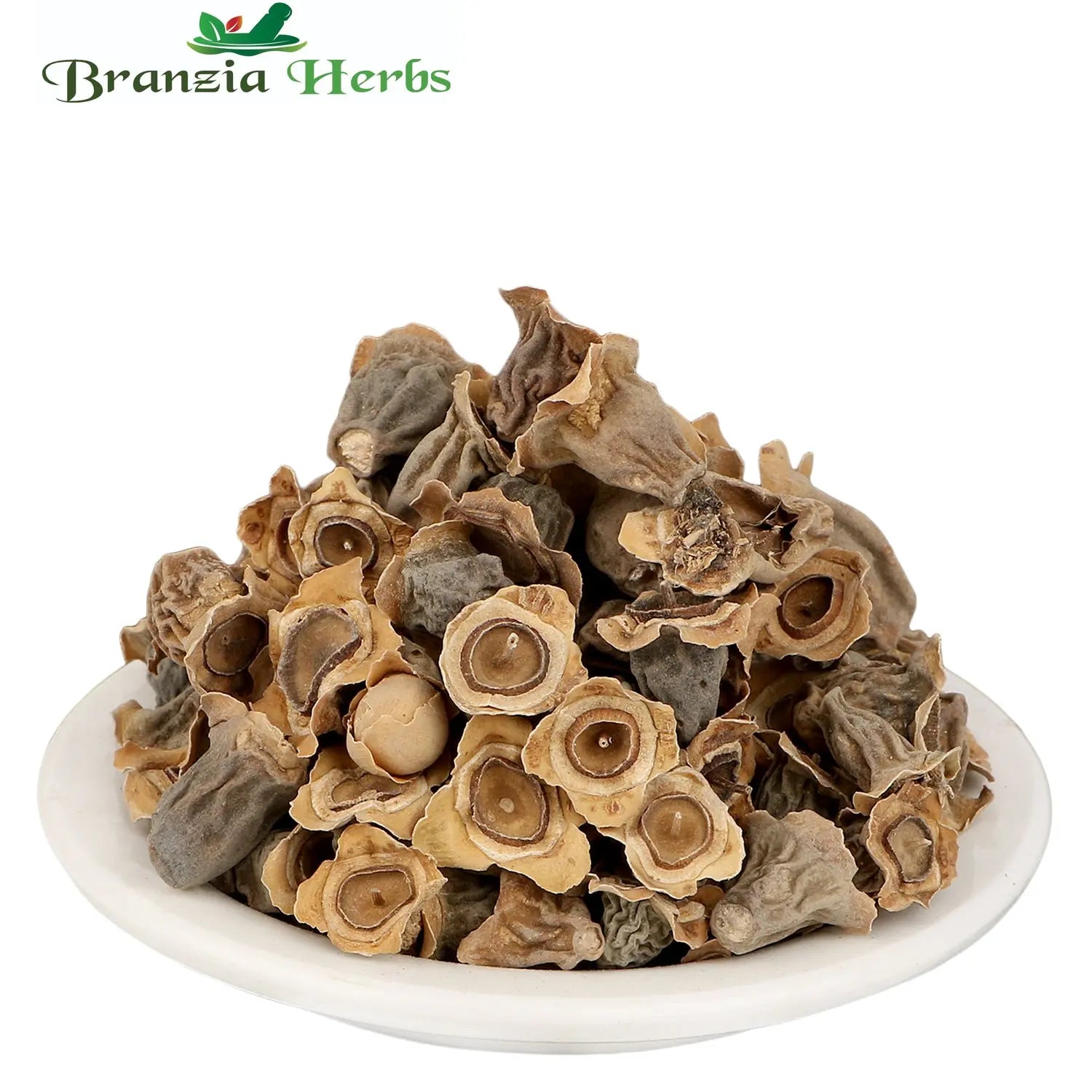Key Points About Careya arborea:
-
Description:
- Tree Characteristics: Careya arborea is a large deciduous tree that can grow up to 15–20 meters tall. It has a broad canopy with large, leathery leaves and produces white or pale pink flowers.
- Fruit: The tree bears fruits that resemble small guavas, hence its common name, but they are not typically consumed as a fruit. Instead, the focus is more on the medicinal uses of various parts of the tree.
-
Uses:
- Traditional Medicine: Various parts of the Careya arborea tree, including the bark, leaves, and fruits, are used in traditional medicine. The bark is particularly noted for its astringent properties and is used in treating diarrhea, dysentery, and other gastrointestinal issues.
- Local Remedies: In some cultures, the leaves and bark are used in poultices or topical treatments for wounds and skin infections.
-
Ecological Benefits:
- Habitat: Careya arborea is often found in forested areas and is important for maintaining ecological balance. It provides habitat and food for various wildlife species.
- Soil Conservation: Its root system helps in soil conservation by preventing erosion.
-
Other Characteristics:
- Wood: The wood of Careya arborea is used locally for various purposes, including construction and making tools.
- Cultural Significance: In some regions, the tree is culturally significant and may be associated with traditional practices and rituals.
Note:
While Careya arborea has traditional uses, it's important to approach its medicinal applications with caution. Consult with healthcare professionals before using it for health purposes, especially if you have existing health conditions or are using other medications.




